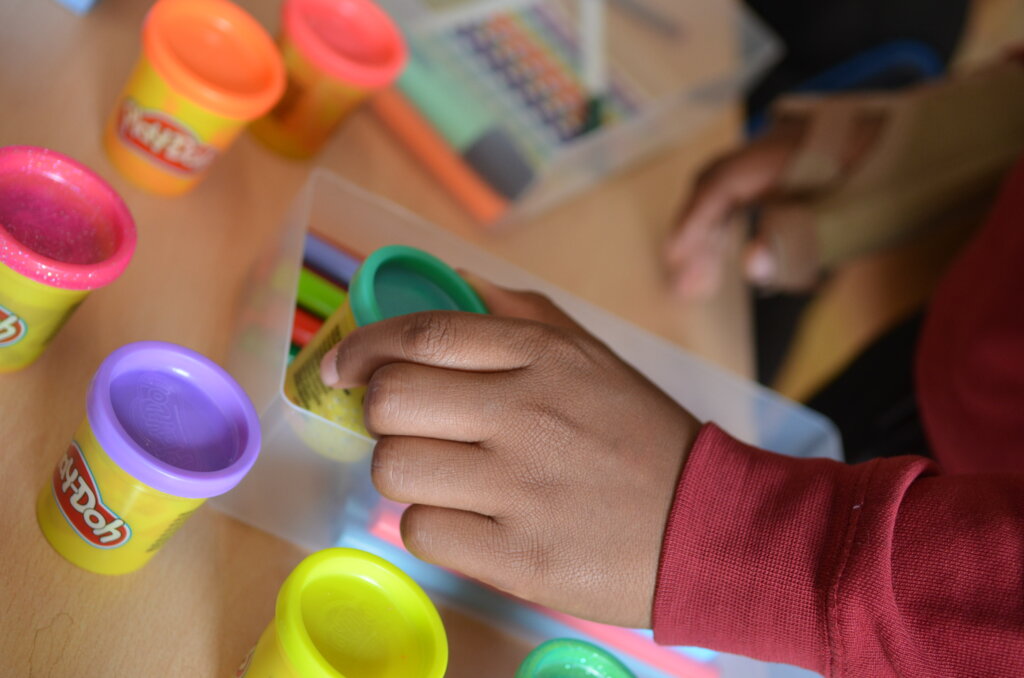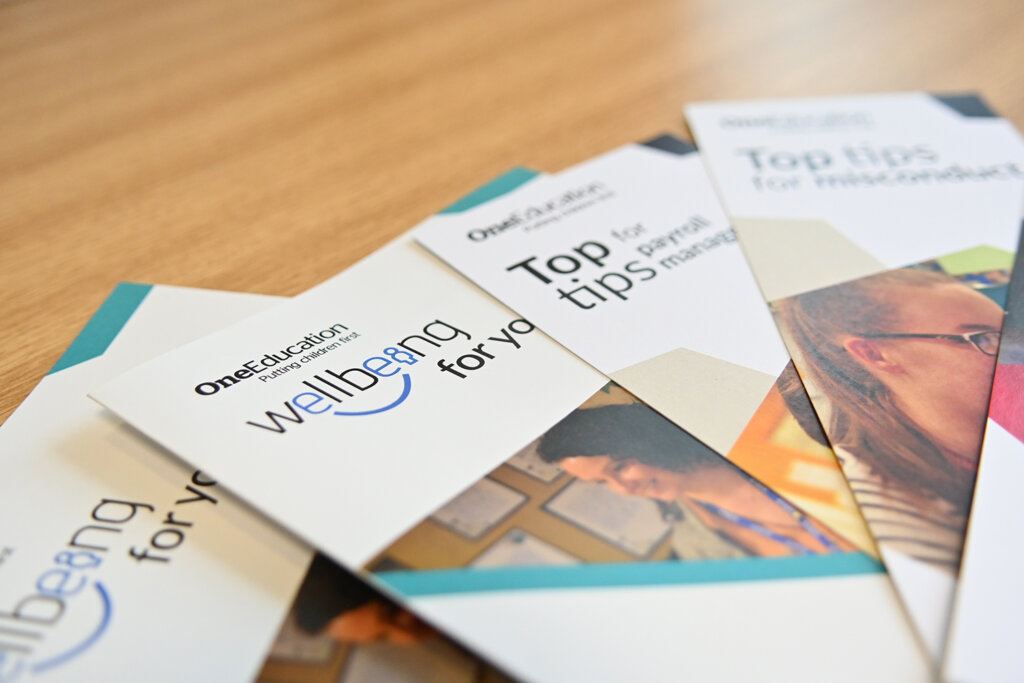In education, strong leadership often relies on quick thinking and problem-solving skills, as leaders spend a lot of time managing day to day operations, meeting deadlines, delegating tasks and making in-the-moment decisions. However, strong leadership also involves making long-term plans for the future – a task that calls for regular reflection and strategic planning. Balancing both aspects of the role is key to driving development and sustainable growth.
In the ever-changing world of education, the needs of students, staff, and communities are constantly evolving. With so many competing priorities, it’s easy to fall into the trap of trying to get everything right – an overwhelming and often impossible task. Instead, effective school development requires a strategic approach: identifying areas for improvement; planning out next steps; and ensuring that your overarching strategy aligns with your school’s vision and values.
What exactly do we mean by school vision and values? They are not just positive words to pin up on classroom walls. They should be the cornerstone of your school, setting out what you want to achieve for your pupils and community. Crucially, they should grow and adapt over time. To ensure they continue to evolve alongside the changing landscape of education, consider the following:
- What it means to be a pupil at your school
- How the curriculum reflects the specific needs of your pupils
- What makes the local community unique and how you incorporate this into learning
- How your school’s structures and policies support both children and staff.
As you embark on your School Development journey, the first step is ensuring your goals refer back to your vision and values. The next challenge is determining which areas to prioritise. But when every aspect of school life contributes to student success, how do you decide what truly matters most?
At the heart of every school, there is always one key group that steers its focus and direction: the children. Their needs, experiences and aspirations should be the driving force behind every decision. Whilst policies and agendas change, children are always at the heart of everything we do.
Remember to always keep this in mind as you explore the following key areas when shaping your school’s strategic development plan:
1. Leadership and Professional Growth
Strong, reflective leadership is crucial for driving school improvement. Headteachers and senior leaders benefit from structured professional development, coaching, and clear performance management processes that encourage growth. Coaching and collaboration empowers leaders at every level, fostering a culture of resilience and innovation that ultimately benefits students.
2. Curriculum Development and Innovation
An effective curriculum balances ambition with accessibility, ensuring all students can thrive. Schools must regularly evaluate curriculum intent, implementation, and impact, adapting to new research and best practices. Subject leadership, progression mapping, and staff training play a key role in maintaining high standards.
3. Enhancing Teaching and Learning
High-quality teaching has the greatest influence on student outcomes. Schools benefit from reflective teaching practices, peer coaching, and professional development that enhances pedagogical expertise. Embedding evidence-based approaches supports a culture of continuous learning for both teachers and students.
4. Inclusive Education and Student Wellbeing
Schools serve diverse student populations, and inclusive education ensures that every learner receives the support they need. Reviewing policies for SEND (Special Educational Needs and Disabilities), EAL (English as an Additional Language), and mental health helps create an environment where all students can succeed.
5. Governance and Strategic Planning
Effective governance ensures that school policies, accountability measures, and long-term strategies align with the school’s vision. Regular reviews of governance structures, policy development, and compliance keep schools on track to meet their objectives and provide a stable learning environment.
The Role of Consultancy in School Development
While schools have the expertise and passion to drive development, external consultancy can provide valuable perspective, support, and tailored strategies. By working in partnership with consultants, schools can refine their strategies, enhance teaching and learning, and ensure that every aspect of school development aligns with their long-term vision.
Just like you, One Education is driven by our core vision – putting children first. We believe in educational excellence for each and every child.
We recognise that each school is on their own unique and personalised journey therefore we provide a range of services for schools that can then be tailored to meet the exact needs of the school and community it serves. Our consultants have many years’ experience supporting leadership, school and trust development.
The tables below show the range of products and services we can provide:


Picking one area of focus can be difficult, which is why our consultants are here to help. We can meet with Senior Leaders to clarify priorities, set clear goals, and put measurable targets in place the reflect the unique needs of the school. Our aim is to ensure the school receives the best support based on its requirements.
Examples of How Schools Have Used Consultancy Supprt
School A
Category – Leadership Focus: Reviews and Reports
Context – The school has recently had a successful Ofsted and is now reviewing the areas identified in the report in order to improve delivery across EYFS – KS2.
Support – 7.5 days of support purchased
Breakdown –
- An initial meeting with SLT to establish context and goals and refine the Strategic school development plan. (1 day)
- HTPM with HT and governors, alongside a HTPM report (1 day)
- 3 full day reviews into the following the areas: SEND, Reading, Art. (3 days)
- After each full day review a detailed report is provided with strengths and actions after each of the reviews. (1.5 days)
- Mid-year review for HTPM (half day)
- Evaluation and impact meeting (half day)
School B
Category – Leadership and Teaching and Learning.
Context – The school has seen a marked increase in the numbers of EAL children. They would like to understand how to adapt and tailor the curriculum and school ethos to reflect the changing school community.
Support – 10 days purchased
Breakdown
- An initial meeting with SLT to establish context and goals (half day)
- Review policies and International New Arrival (INA) materials (1 day)
- Work with identified members of SLT to establish whole school structure to EAL including a strategic plan for EAL (1 day)
- Work with teaching and learning lead to review current pedagogical practices and align these to best practice for EAL learners. ( 2 days)
- Deliver staff training for new practices (2 days including prep)
- Work with identified teachers to provide tailored coaching in key classes (2.5 days)
- Evaluation and impact meeting (half day)
- Final report (half day)
Our experienced consultants are ready to discuss your specific needs and help you develop a clear, actionable strategy. We can work with you to create a tailored plan that aligns with your priorities.
For more information on how we can help support your school, please visit our School Development pageor contact Jo Gray, Head of Educational Development at jo.gray@oneeducation.co.uk
Please complete the form below and we will get in contact as soon as we can to help you with your query.
















